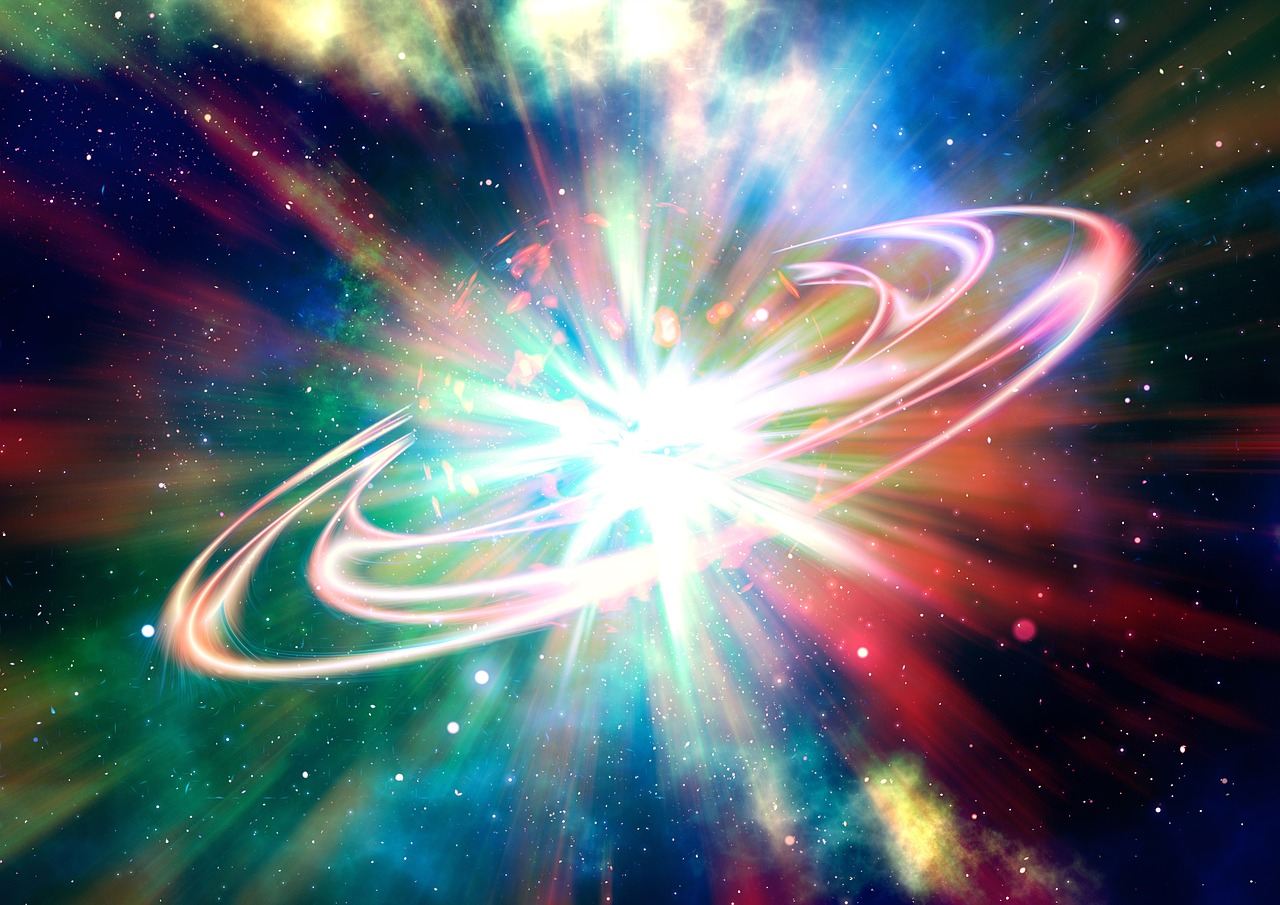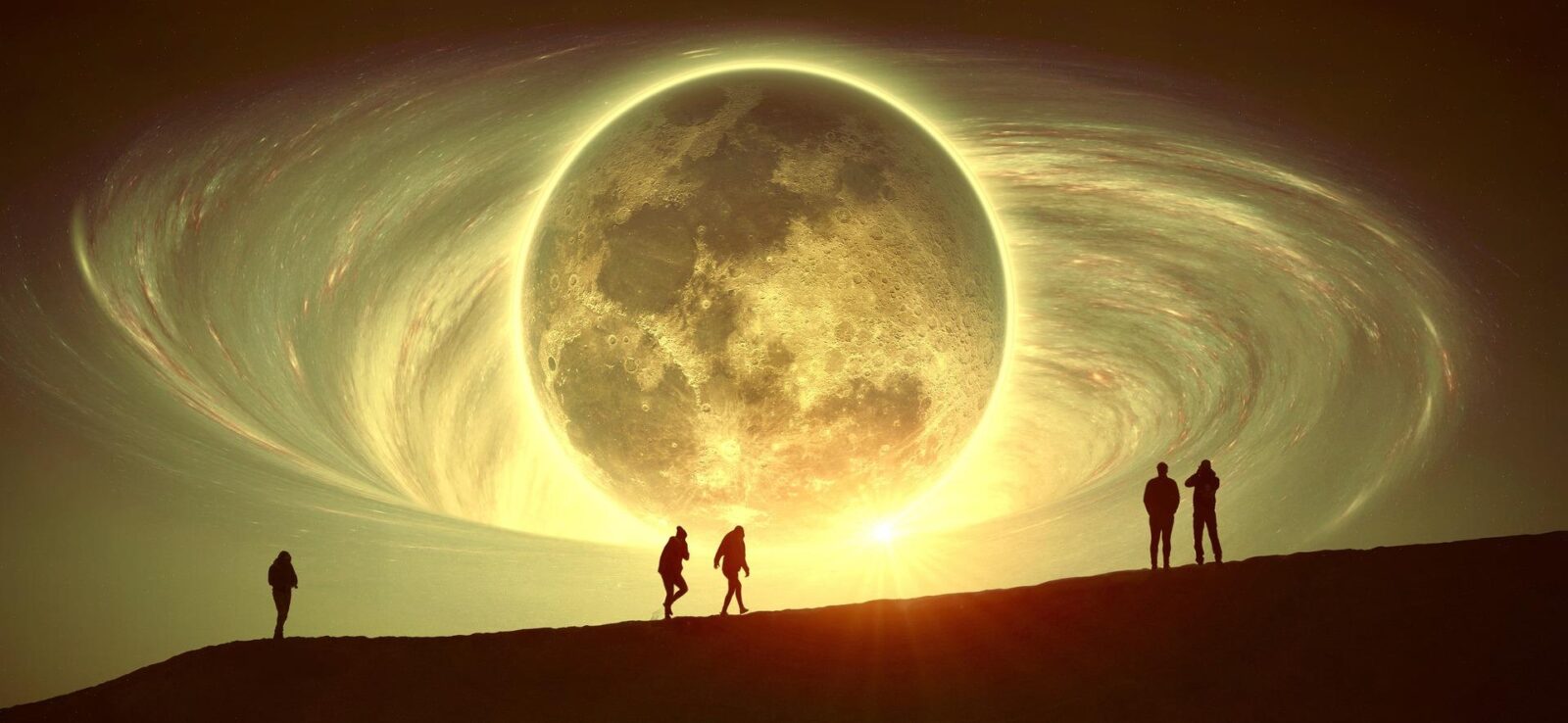
In the vast expanse of the cosmos, mysteries lurk beyond our comprehension, beckoning us to explore the realms of the unknown. Among these enigmas, the concept of parallel dimensions and alternate universes stands as a tantalizing possibility that has captivated the human imagination for centuries. Recent advancements in theoretical physics have shed new light on this age-old question, offering a glimpse into the intricate fabric of reality and the potential existence of parallel worlds. At the forefront of this exploration lies the fascinating concept of multiverse theory. According to the latest understanding in physics, the multiverse suggests that our universe may be just one among countless others, each existing simultaneously but independently within its own dimension. These parallel dimensions or alternate universes are believed to possess unique physical laws, constants, and even variations in fundamental particles, leading to an infinite tapestry of diverse realities.
The foundation of the multiverse theory rests upon the remarkable notion of cosmic inflation, an exponential expansion of space that occurred shortly after the Big Bang. This rapid expansion generated countless bubbles or pockets within the fabric of spacetime, each representing a distinct universe with its own set of properties. While these universes may remain forever beyond our reach, they exist nonetheless, unfolding parallel to our own, perhaps harboring entirely different forms of life and unimagined wonders. One intriguing branch of the multiverse theory is the concept of a “Level I Multiverse,” known as the quilted multiverse or the infinite universe theory. In this scenario, parallel universes are theorized to exist as distant cosmic islands, separated by vast cosmic expanses. While they may follow similar physical laws, the spatial distribution of matter and energy within these universes can vary drastically, resulting in diverse landscapes and configurations.
Another compelling avenue within the multiverse framework is the “Level II Multiverse,” known as the bubble universe theory or the inflationary multiverse. This theory suggests that our universe is merely one of many bubbles within a vast cosmic foam. Each bubble represents a distinct universe, spawned by the process of cosmic inflation, expanding and evolving independently. Like soap bubbles in the air, these universes exist in a sea of others, each encapsulating its unique reality. Venturing even deeper into the theoretical realm, the “Level III Multiverse” or the many-worlds interpretation opens up a mind-boggling vista of possibilities. Stemming from quantum mechanics, this notion proposes that every quantum event creates multiple branching realities. Each choice we make, every quantum interaction, spawns a multitude of parallel universes, branching off into an infinite web of probabilities. In this astonishing landscape, every conceivable outcome and decision exists, realized in its own separate reality. While the existence of parallel dimensions and alternate universes remains in the realm of theory, tantalizing evidence has emerged from the forefront of scientific research. Experiments conducted at CERN’s Large Hadron Collider (LHC) have sought to unveil the existence of extra dimensions beyond the three we perceive. These experiments, probing the mysteries of high-energy particle physics, aim to detect elusive particles that may escape into other dimensions, providing indirect evidence for the existence of parallel worlds.
Furthermore, cosmic microwave background radiation, considered the remnants of the early universe, has offered clues to the existence of a multiverse. Scientists have scrutinized the intricate patterns imprinted within this radiation, searching for anomalies that could indicate interactions between our universe and neighboring dimensions. While these findings are still preliminary and subject to further investigation, they fuel the fervor of discovery and ignite the imagination. Parallel dimensions and alternate universes have long captured the attention of storytellers, inspiring countless works of science fiction and fantasy. From H.G. Wells’ “The Time Machine” to Christopher Nolan’s mind-bending film “Inception to the sprawling universes of Marvel Comics, the concept of parallel dimensions has become a fertile ground for creative exploration. These fictional narratives often depict journeys across dimensions, where characters navigate the intricate web of realities, encountering versions of themselves and confronting the infinite possibilities of existence.

Yet, as our understanding of the cosmos deepens, the lines between science and fiction blur, and the possibility of parallel dimensions becomes an ever more plausible hypothesis. The search for answers continues, driven by the insatiable human curiosity that has propelled us to unravel the mysteries of the universe since time immemorial. However, while the concept of parallel dimensions may ignite our imagination and fuel our sense of wonder, it is important to approach these ideas with a critical eye. The exploration of theoretical physics and the quest for empirical evidence require rigorous scientific methodologies and stringent testing. The mere existence of a theory does not equate to its truth, and extraordinary claims demand extraordinary evidence.
The scientific community remains divided on the question of parallel dimensions and alternate universes. Skeptics argue that these ideas fall into the realm of speculation and lack the empirical foundation needed to elevate them to the status of accepted scientific theory. They call for caution, urging researchers to focus on testable hypotheses and observable phenomena rather than drifting into the realms of the speculative. Nonetheless, proponents of the multiverse theory remain undeterred, pushing the boundaries of scientific inquiry and seeking innovative ways to probe the fabric of reality. They continue to refine mathematical models, design novel experiments, and harness the power of advanced technologies to shed light on the existence of parallel dimensions.
As we peer into the vast cosmic landscape, gazing at the distant stars and contemplating the mysteries that lie beyond, the allure of parallel dimensions and alternate universes persists. It is a quest for understanding, an exploration of the fundamental nature of reality, and a testament to the ceaseless human pursuit of knowledge. Ultimately, whether parallel dimensions and alternate universes exist or not, their allure will endure. They will continue to inspire the human imagination, fuel scientific inquiry, and challenge our perceptions of what is possible. The enigma of parallel dimensions beckons us to peer beyond the boundaries of our known universe, to embrace the mysteries that lie hidden in the depths of existence, and to embark on a journey that transcends the limits of our imagination.
Fiction and culture
Here are a few examples of fictional works that explore the concept of parallel dimensions and alternate universes:
“The Chronicles of Narnia” by C.S. Lewis: In this beloved series, a group of children discovers a magical wardrobe that serves as a gateway to the parallel world of Narnia, where talking animals, mythical creatures, and epic adventures await.
“Stranger Things” (TV series): This popular Netflix series delves into the Upside Down, a dark and parallel dimension that exists alongside the familiar town of Hawkins. It is a place teeming with otherworldly creatures and eerie mysteries.
“Fringe” (TV series): “Fringe” follows an FBI agent and a team of investigators as they explore unusual occurrences, often involving parallel universes. The series delves into the existence of alternate realities and the consequences of crossing between them.
“His Dark Materials” by Philip Pullman: In this trilogy, the protagonists journey through multiple parallel worlds, encountering various versions of reality and exploring the connections between them. The series delves into deep philosophical and metaphysical themes.
“Interstellar” (film): Directed by Christopher Nolan, “Interstellar” explores the possibility of traveling through a wormhole to reach distant galaxies and parallel dimensions in search of a new habitable planet for humanity.
“Sliders” (TV series): “Sliders” follows a group of travelers who use a device to “slide” between parallel Earths, encountering alternate versions of history and society with each jump.
“The Man in the High Castle” by Philip K. Dick: In this novel (adapted into a TV series), Philip K. Dick presents an alternate history in which the Axis powers won World War II, depicting a world divided into different territories under German and Japanese control.
“Doctor Strange” (comics and film): The character Doctor Strange, created by Stan Lee and Steve Ditko, explores the mystical dimensions and realities within the Marvel Comics universe. The 2016 film adaptation further expands on the concept, introducing audiences to the mind-bending realm of the multiverse.
These examples illustrate the diverse ways in which parallel dimensions and alternate universes have been portrayed in popular culture, captivating audiences with their imaginative possibilities and thought-provoking narratives.


